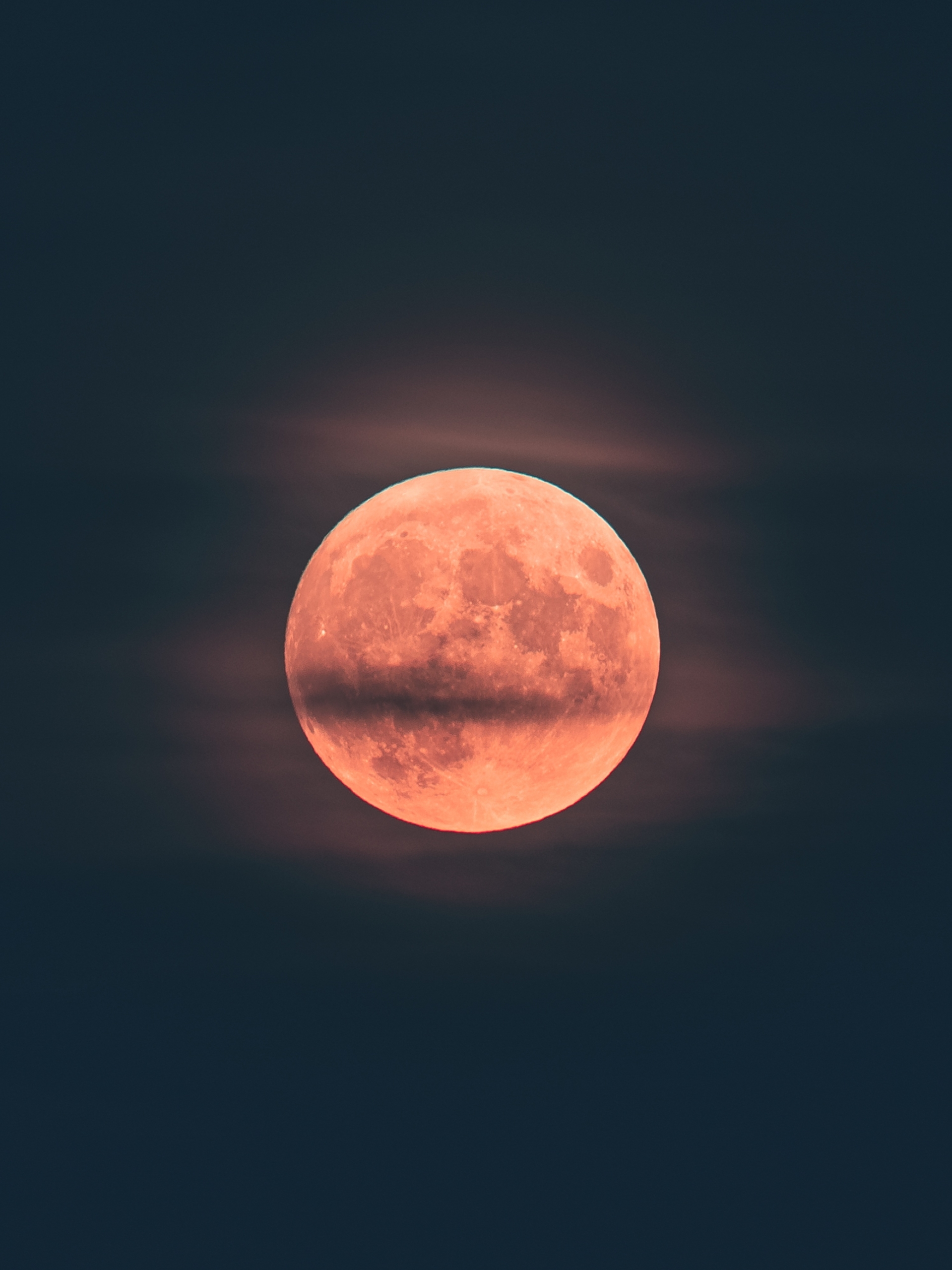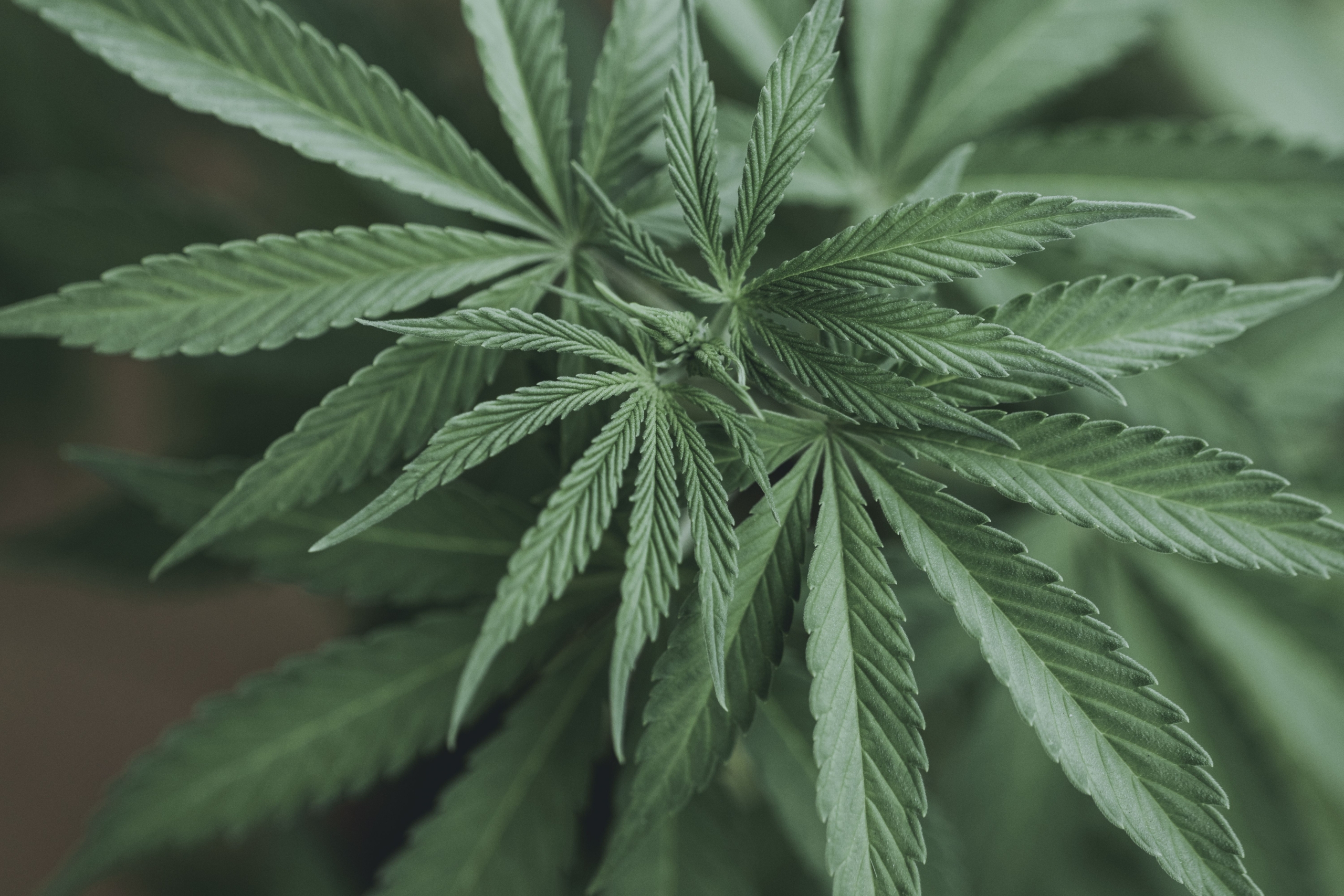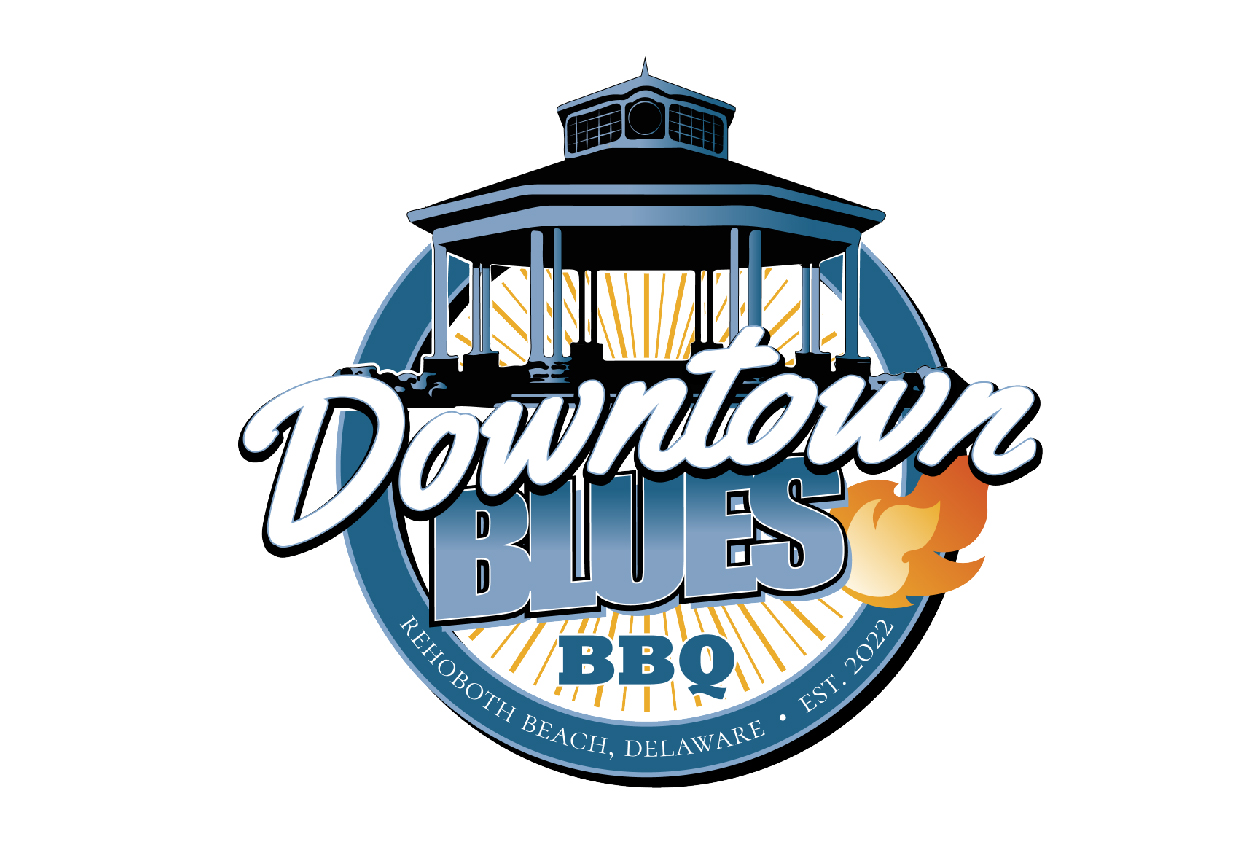🌕 How and When You Can See June’s Spectacular Strawberry Moon 🍓
The upcoming Strawberry Moon is a must-see event for avid sky-watchers. Known for its amber hues and, at times, a soft rosy glow, this full moon is often considered the last full moon of spring or the first full moon of summer. It’s the 6th of 12 full moons in 2025, and you won’t want to miss it!
🍓 What is the Strawberry Moon?
The name “Strawberry Moon” comes from the June strawberry harvest, which is why it’s also referred to as the “Hot Moon,” “Blooming Moon,” or the “Hatching Moon” by various Indigenous tribes. While it marks the time when strawberries ripen, the full moon is also known as the “Rose Moon” or “Honey Moon” in European traditions, reflecting the harvest of honey in June.
The Strawberry Moon is a rare sight when it coincides with the summer solstice, which happened in 2016. During that year, astronaut Jeff Williams captured stunning images of the full moon from the International Space Station. In 2023, the moon illuminated the Statue of Liberty, creating iconic photos.
📅 When is the 2025 Strawberry Moon?
In 2025, the Strawberry Moon will peak on June 11 at 3:44 A.M. ET. However, the best time to view it will be as it rises on June 10 around dusk, especially in the Southeast of the U.S., casting a warm amber glow across the sky.
The moonrise will vary depending on your location:
-
In New York, the best view will be at 8:30 p.m.
-
In Los Angeles, aim to catch it at 8:00 p.m.
If you’re in the Southern Hemisphere, keep an eye out for Antares, the brightest star in the Scorpius constellation, as it will be visible next to the moon during its rise on June 10 or 11.
To learn more about moon phases and stay updated on lunar schedules, visit Time and Date’s Moon Phases page.
👀 How to Best Witness the Strawberry Moon
For the best viewing experience, head to a location with little to no light pollution, ideally with an unobstructed view of the eastern horizon. The Strawberry Moon will appear at its lowest point in the sky in the Northern Hemisphere this year, making it the lowest full moon since 2006.
Top Viewing Tips:
-
Give your eyes time to adjust to the darkness.
-
For clearer views, binoculars or a small telescope will help you spot lunar features such as mountain ridges and craters.
This year’s Strawberry Moon is also notable due to a phenomenon known as the lunar standstill, which causes the moonrise and moonset to occur at their extreme north and south points every 18.6 years.
🔮 Looking Ahead to July’s Full Moon
In the broader context of lunar events, the Strawberry Moon is considered a time of growth, rebirth, and new life. For those who follow Native American or Celtic traditions, this moon is rich in symbolic meaning:
-
It’s the “hot moon” or “berries ripen moon” for Native American tribes.
-
In Celtic culture, it’s also known as the “horse moon” or “rose moon,” representing the blooming of flowers and the renewal of nature.
-
The Anglo-Saxons referred to it as the “mead moon,” tied to the harvest of meadows during the summer.
Looking Ahead to July’s Full Moon
As we move toward July, be prepared for the Buck Moon on July 10 at 4:36 p.m. Known for marking the appearance of new antlers on deer, it’s also referred to as the “raspberry moon,” “hay moon,” and even the “thunder moon,” due to the frequent summer thunderstorms.
🌟 Final Thoughts
The June Strawberry Moon is one of those celestial events that offers not only a visual treat but also rich cultural history. Whether you’re a seasoned sky-watcher or just someone looking for a unique summer experience, don’t miss out on this beautiful lunar event!

























